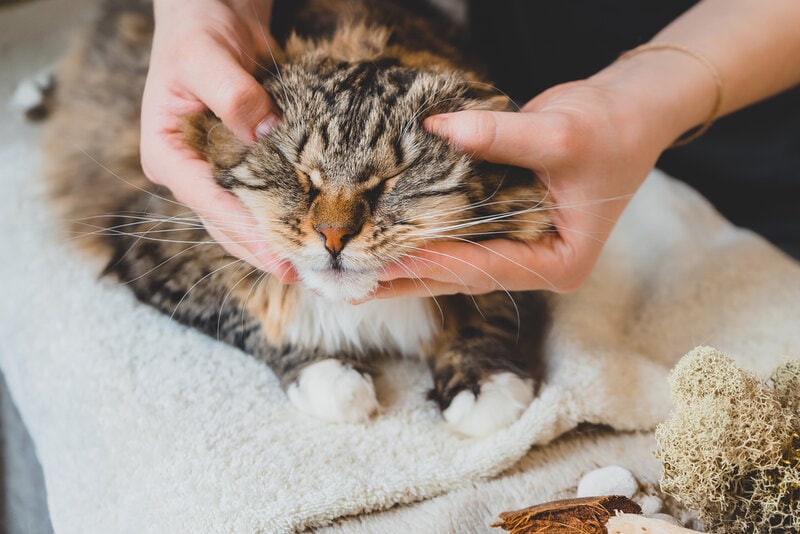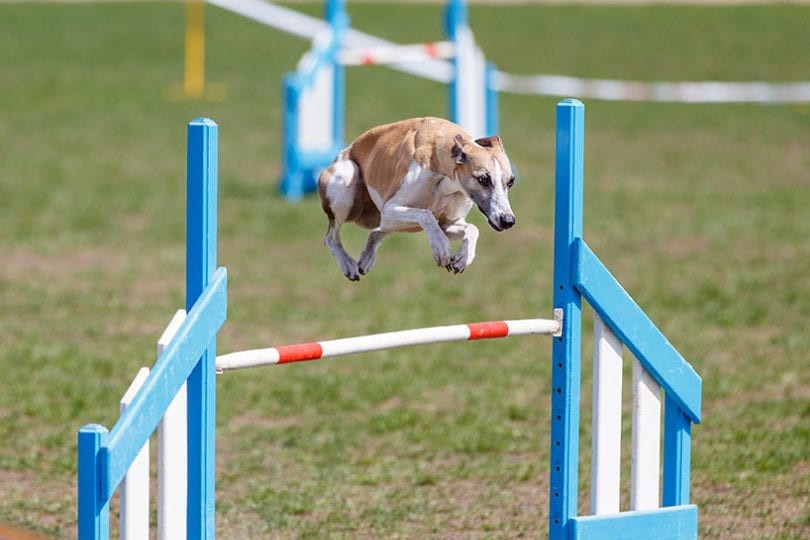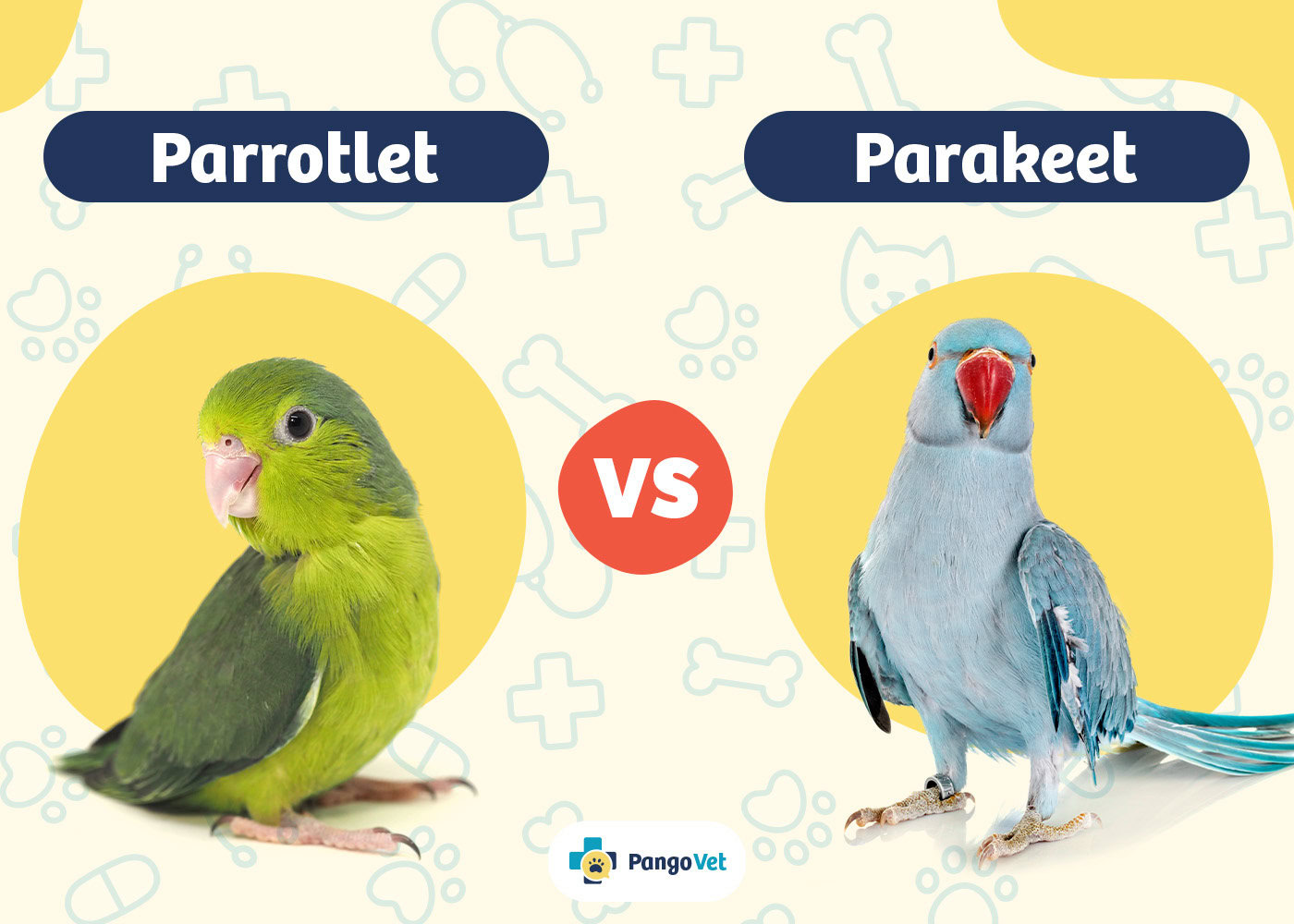VET APPROVED

The information is current and up-to-date in accordance with the latest veterinarian research.
Learn more »Click to Skip Ahead
You might see your chickens as beloved pets or great sources of eggs, but birds of prey see them as a delicious meal. Certain hawks are big and strong enough to carry off an adult chicken and they often target unprotected flocks. Luckily, there are many ways to prevent hawk attacks and keep your feathery friends safe from unwanted attention.

Signs of a Hawk Attack
It can be hard to tell if a hawk is picking off your flock. Often, diagnosing a hawk attack is a process of elimination. Unlike many predators, hawks hunt primarily in the daylight hours. If you are certain that your chickens are being attacked during the day, it might be a hawk.
Hawks attack by focusing their gaze on their prey and swooping down from the sky to hit the prey with great force. Hawks can kill chickens cleanly in that first blow and take them elsewhere to eat. There may be no sign of a fight or struggle, just missing chickens. At times, hawks may pluck the feather out of a chicken they attack.
If you suspect that a hawk is eating your chickens, try to spot it in the area. You might see live hawks flying overhead or perching in nearby trees. But even if you are unsure, taking steps to keep your chicken safe will help against many types of predators.
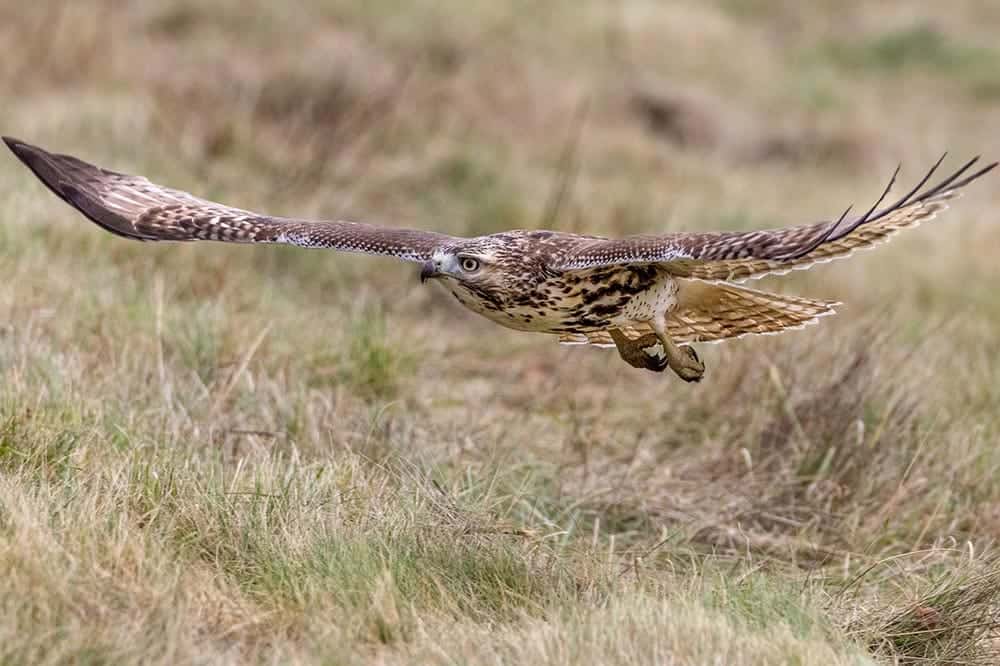
Hawk Attack Prevention: Predator-Proof Your Pen
One of the easiest ways to protect your chickens is to put a barrier between them and the predators. If your chickens live primarily in a chicken coop or small pen, this can be as simple as putting a plastic net over the top of their area. The best nets are sturdy and attached firmly on all sides. Because hawks hunt primarily by sight, the net should be visible. Orange is one of the easiest colors for hawks to see, making the barrier highly noticeable.
Free-range chickens are harder to protect, but not impossible. Building a chicken tractor or moveable pen can give your chickens space to forage and run without exposing them to predators. These should also be secured on the top and sides to keep predators out.
Invest in a Scare-Hawk
Birds of prey are very territorial, and a decoy can be one of the least intrusive forms of bird protection. There are many decoys on the market made to look like owls or hawks—these fool hawks into thinking the territory is already claimed. Sometimes, bird-shaped decoys also stress out nearby chickens. If this is the case, a human-shaped scarecrow is a good alternative.
These decoys don’t always work long-term. Eventually, your local birds of prey might realize that your statues aren’t a threat and go back to hunting. Movement can help keep up the illusion—either by investing in a moving decoy or by changing your decoy’s location every few days.
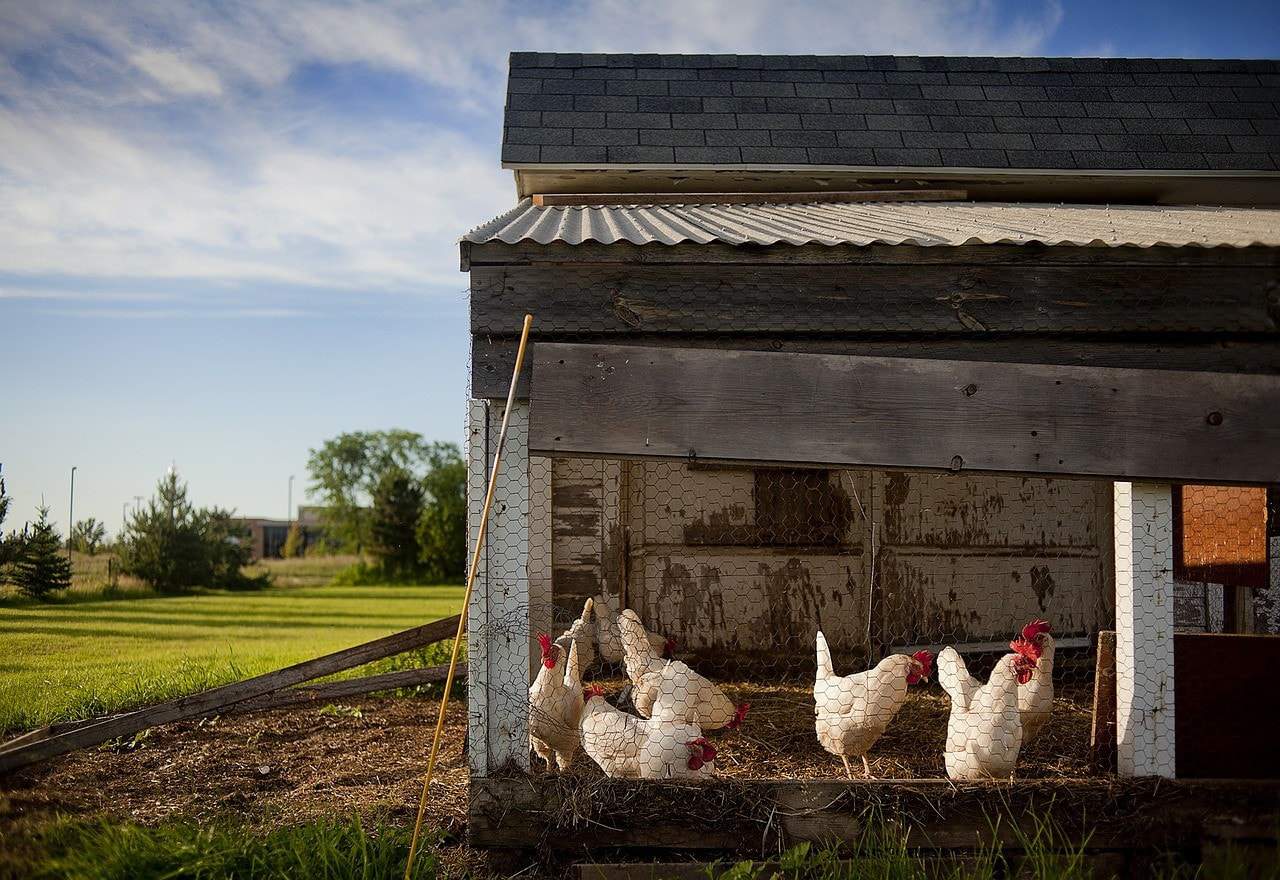
Remove Perching Areas
Hawks like to plan their hunts from a stable perch with a good view, like a solitary tree, a tall stump, or the peak of a roof. Although hawks do spend time on the wing, removing vantage points will cut down on your yard’s attractiveness as a hunting ground. Remove as many perching areas as possible within a 100-yard radius of your chickens.
One way to prevent hawks from perching is by investing in bird spikes—strips of spiky metal or plastic that are impossible to perch on. Bird spikes usually come in short sections that can be placed on rooftops, branches, and other perching areas. They’re especially handy if you know where hawks tend to perch in your area.
Get a Guard Animal
Other animals can also scare off hawks and protect your chickens. The presence of a medium to large dog will often deter hawks from attacking. By only letting out chickens when your own chicken-friendly dog is also outdoors, you can keep away all sorts of predators, including hawks.
Chicken owners can also consider adding a rooster to their flocks. Although many chicken owners are reluctant to get a rooster because of their higher aggression and the potential for fertilized eggs, roosters are effective protectors of hens. They usually act as sentries, and their alarm can alert the flock (and you!) about the presence of a predator. Interestingly, they use a different call for an aerial threat over a walking threat (such as a fox).
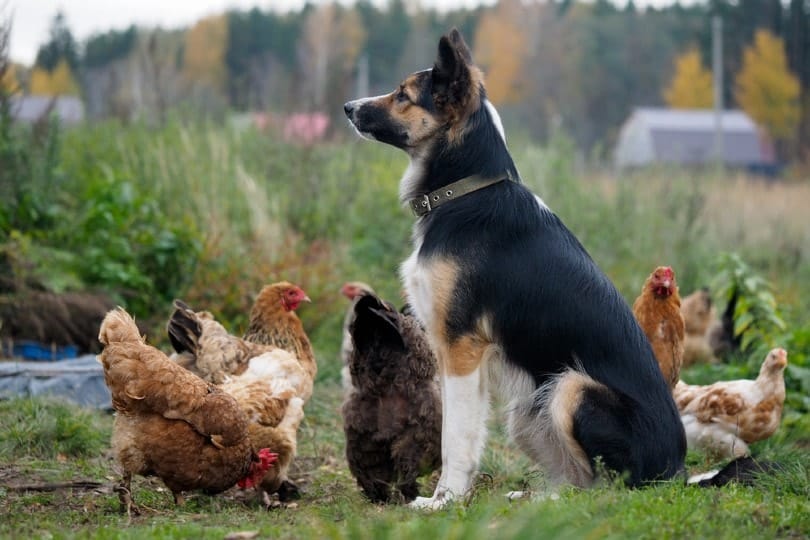
What Other Predators Attack Chickens?
Chickens are at the bottom of the pecking order when it comes to predators, and hawks aren’t the only animals that will go after them. Domestic dogs are known to attack chickens, even if well fed. They often leave behind a messy scene, with blood and feathers everywhere, and may not eat the chickens they kill. Other canids, such as coyotes and foxes, are more likely to kill because of hunger. They tend to carry their catch away with them, leaving only blood and feathers.
Wild cats such as bobcats may also attack chickens. These attacks are most common in areas with strong population pressure from habitat destruction. Although chickens are too large for house cats to attack effectively, domestic cats might kill chicks and young birds.
There are several other small predators that may attack chickens, including opossums, raccoons, weasels, and skunks. These animals will often eat both eggs and chickens and attack mainly at night.
Owls have many of the same hunting patterns as hawks, but they take prey mainly at night. Like hawks, owls are unlikely to raid hen houses, so they are mainly a danger to chickens that are free range at night or have access to a chicken run that is open to the sky.

Conclusion
In general, chickens are most at risk of predation when they are not properly secured at night and protected during the day. Hawk attacks are most common during daylight hours. It might seem like the danger from hawks is unavoidable, but some simple precautions can help keep your flock safe.
- Related Read: Do Crows Attack Chickens? How To Protect Your Flock
Featured Image Credit: Pixabay






